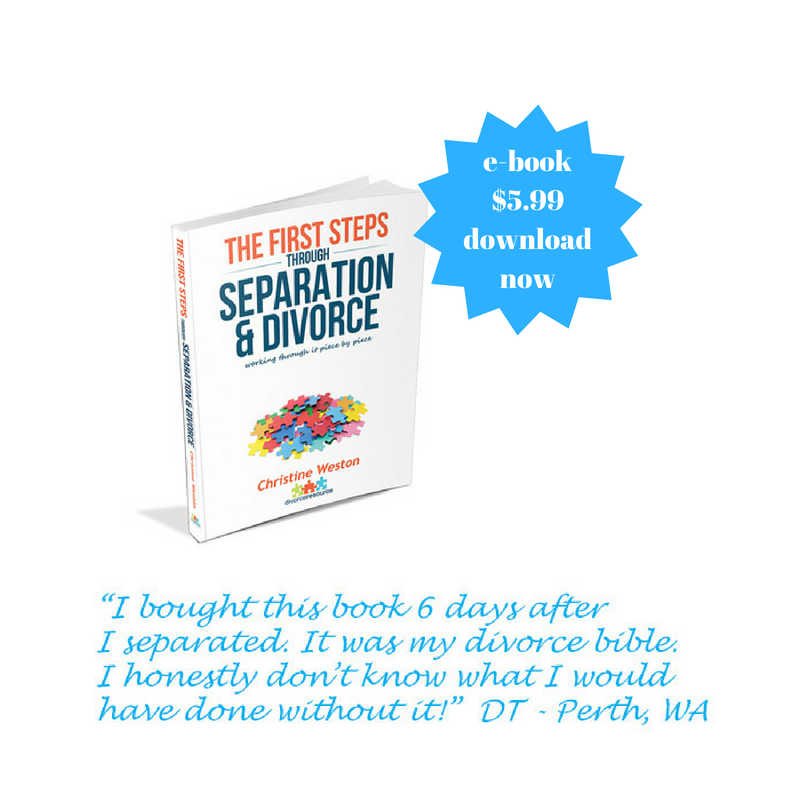
Substance addiction is often referred to as a family disease, due to the way it negatively impacts the addicted person’s loved one.
The information in this article has been republished with permission from an American based website which provides rehab facilities called Addiction Campuses.The impact of substance addiction can be acutely felt within the landscape of a marriage.
Excessive drug abuse within a marriage may lead to maladaptive and hurtful behaviours, potentially creating a dysfunctional marriage and an unstable home environment. Faced with the stark reality of these issues, many couples may begin contemplating divorce.
Alcohol and Drug Abuse can:
-
Destroy trust and create a cycle of blame and shame
-
Increase the risk of domestic violence and aggression
-
Disrupt intimacy, both on an emotional and physical level
-
Increase the risk of child abuse and neglect
-
Cause conflict, disagreements and fights
-
Induce stress in the parent and/or child dynamic
-
Lead to financial hardship, turmoil, and instability
-
Cause resentment in the spouse who sees the other person choosing drugs or alcohol over them.
The cumulative effects of these stressors can be great. “Alcohol and substance use are among the most common reasons given for a divorce—the third most common reason for women and eighth most common for men,” as found by the University at Buffalo.
Signs that Substance Abuse is Damaging to A Relationship
The effects of drug and alcohol abuse can permeate every aspect of a relationship.
These are some signs of damage to a relationship due to substance abuse:
-
The only way that a couple can communicate or be physically intimate with each other is when one or both partners are under the influence.
-
Consuming drugs or alcohol becomes one of the main activities a couple does together.
-
The relationship or family becomes isolated from other loved ones in an attempt to hide the addictive behaviour.
-
The majority of arguments and stress within the relationship revolve around drugs or alcohol.
-
One or both partners claim they use drugs or alcohol as a way to cope with marital tension.
-
One partner has begun to enable the other person’s substance abuse.
-
The non-addicted partner begins to feel like a caretaker instead of a partner of equal standing.
-
One partner begins to be dishonest about their drug or alcohol consumption, sabotaging the trust they share with their partner.
-
Using alcohol or drugs has become more important to a person than providing for their family or spending time with their loved ones.
-
A person’s career is on the rocks due to substance abuse, to the extent that it threatens the family’s financial security.
-
There is not enough money for food or bills due to how much money is spent on the abused substance.
Addiction Campuses offer therapy for addiction to illegal drugs, prescriptions drug and alcohol. They provide the most comprehensive addiction treatment programs in the United States by going beyond the standard 30-day plan, they treat people who are struggling with addiction medically, mentally and spiritually to break the cycle of relapse and repeated visits to rehab. Their 15 to 50-acre campus environments offer modern facilities, compassionate staff, industry expertise and clinical proficiency to effectively treat the disease of addiction.
Where to get help in Australia
For services closer to home you can contact one of the many services available, speak to your GP, local health service or call a helpline. There are trained telephone counsellors available in every Australian state and territory.
DrugInfo : 1300 858 584
Family Drug Helpline : 1300 368 186
Youth Substance Abuse Service : 1800 014 446
Counselling Online : 1800 888 236
Kids Helpline : 1800 551 800
Parentline : 1300 301 300
Lifeline : 131114
Alcohol Drug Information Service (ADIS)
The Alcohol and Drug Information Centres are state and territory-based services that offer information, advice, referral, intake, assessment and support 24 hours a day. ADIS offers services for individuals, their family and friends, general practitioners, other health professionals and business and community groups.
ADIS counsellors understand the difficulties of finding appropriate drug and alcohol treatment and use their knowledge and experience to assist callers.
This calculator provides a guide to the average amount of standard drinks in different beverages. Please note: the calculator is for educational purposes, and should not be relied upon to predict blood alcohol level or any other measure. The calculator uses average sizes for cans, bottles etc., however, please be aware that these vary between products. Wine and champagne glasses are based on 150ml pour (average restaurant serving).
Published by: Divorce Resource





Comments
<a href=https://fastpriligy.top/>where can i buy priligy online safely</a> To investigate this hypothesis, we transferred control VSMCs to plates coated with ECM produced by Fbn1 deficient VSMCs Figure 4A
Both the estrogen and progestin components of the combination hormone methods contribute to their mechanism of contraceptive action <a href=https://fastpriligy.top/>priligy dapoxetine buy</a>
Add new comment